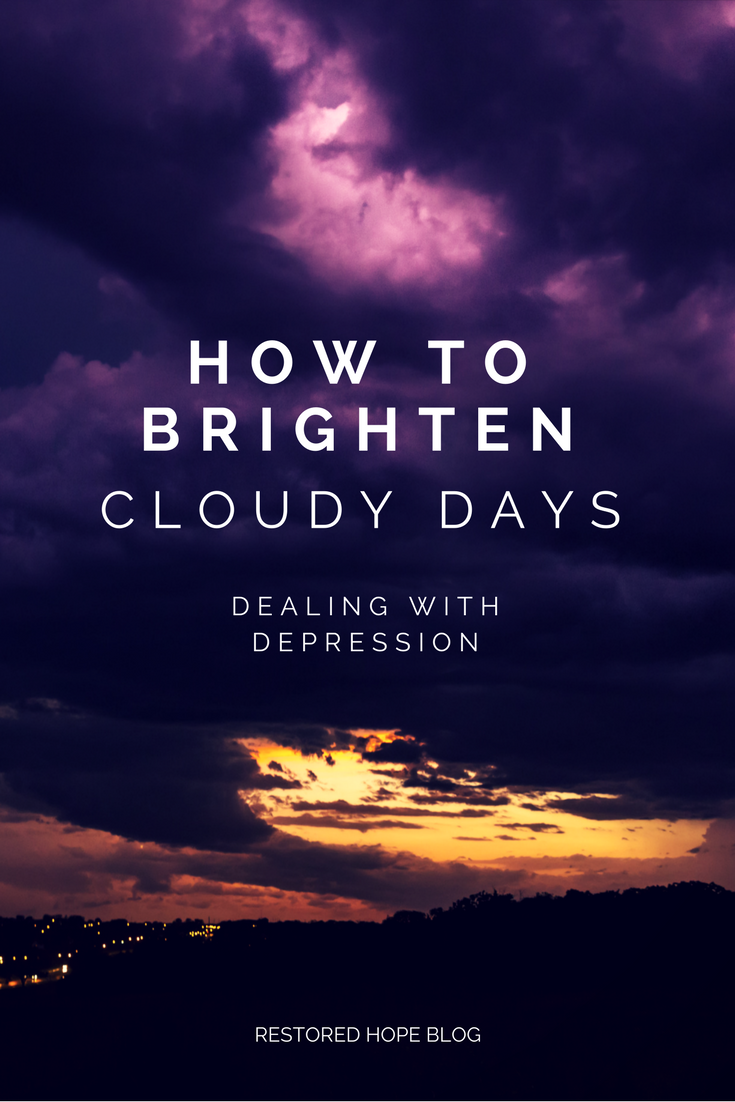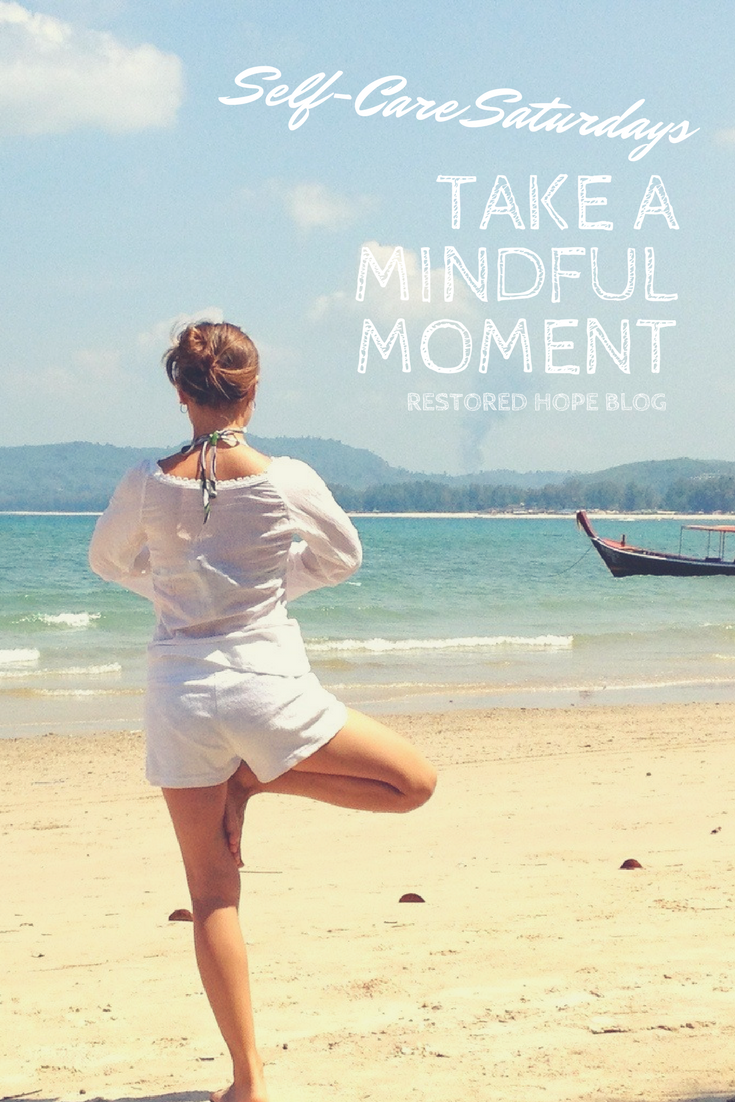I find myself curling up into a ball a lot. I sleep in the fetal position, feel most comfortable when I’m sitting cross legged on a couch, and I love child’s pose in yoga. I’ve always enjoyed curling up in a tight little ball, like a porcupine or turtle.
I also notice that when I’m feeling uncomfortable, ashamed, nervous, or vulnerable, I tend to curl into one of these positions. I might bring my feet up to my chair and wrap my arms around my knees, slouch my back, or look down at my lap with my arms crossed. I describe the feeling of shame like a hook on my navel that pulls back, causing me to close in on myself. Someone once told me that I make myself small in these moments, both in my presence and my physical posture.
Our body language and the way we hold ourselves communicates a lot. We notice it when we’re arguing with our spouse or facing our boss: nonverbals can often tell us more about what the other person is thinking than the words they say. According to Amy Cuddy, author of Presence: Bringing Your Boldest Self to Your Biggest Challenges*, our physical postures don’t only communicate messages to others, but they also communicate messages to ourselves.
You may have heard of (and potentially scoffed at) the concept of power posing made popular by Amy Cuddy’s research and TED talk. She references her research that shows evidence that taking on a powerful, open posture (like Wonder Woman) before an evaluative event, like an interview, can help you to feel more confident and present your authentic self during that interview. Although her research has faced some criticism, I believe her basic concepts of confidence, authenticity, and presence still stand.
What I realized is that I need to address the shame and insecurity that causes me to take on the defensive and protective posture in the first place.
When listening to this TED talk, I didn’t take away that I only need to take on a physical pose to fix my insecurities. What I realized is that I need to address the shame and insecurity that causes me to take on the defensive and protective posture in the first place.
Notice that the power posture is described by taking up more space and making yourself big. Physically, you are opening up. But this is not just a physical phenomenon. When we choose to be authentic, honest, and genuine with our true selves, we are opening ourselves up to potential criticism or risk of rejection. We are taking up space in ways that might be uncomfortable for others. We are making sure those around us know who we are, and we are not afraid to be ourselves.
“Don’t just fake it 'til you make it. Fake it 'til you become it.”
As women, this can feel countercultural. Gender stereotypes about women encourage “meekness,” being quiet, sacrificing your own needs for the needs of your husband or family, and being “nice.” In the process, we can take on a subservient posture, making ourselves small to the point that we almost feel invisible or unimportant. I’m not surprised by Amy Cuddy’s observation that women tend to close up in that posture much more often: in many cases, we’ve been taught to do that since we were young.
Making myself small wasn’t just a comfortable physical position. It also hinted at areas of shame, anxiety, insecurity, and uncertainty about my ability to be truly loved. I would make myself as small as possible not to be an inconvenience to others, whether that was physically or through keeping myself quiet and avoiding conflict or speaking my mind.
What’s interesting is that as you begin to step into a place of greater confidence, power, and certainty of your true identity, it’s not as if you’re putting on a fake persona or changing your personality. It might feel like that at first, like a new pair of shoes that has yet to be broken in. But as you begin to take up more space, you’ll find that you are able to be a more authentic and genuine version of yourself without hiding behind your insecurities and fears.
I had to give voice to the parts of me that had been silently screaming beneath the surface for years. I had to learn to say “no”, and “wait”, and “I need”.
Amy shares her own story of insecurity and impostor syndrome. She had to fight to prove to herself and everyone else around her that she deserved to be where she was. And that was not an easy battle. But the hard-fought battle was eventually won.
It took some serious self-reflection and change in my understanding of my own insecurities in order for me to begin to take up more space. I had to give voice to the parts of me that had been silently screaming beneath the surface for years. I had to learn to say “no”, and “wait”, and “I need”. But as this shift has taken place, I feel a distinctive difference in how I approach life. I feel confident. I feel powerful. I feel strong in ways I didn't think I could feel.
I’ve noticed something as I’ve started to do yoga. Often we stand in mountain pose or recline in crescent lunge for a few breath cycles. These poses are confident, open, and powerful postures to take on. I know that as I am standing in these postures, focusing on my breathing, and highly aware of my body, I am feeling confident. Do I believe that confidence extends to the rest of my day? I can’t say for sure. But I do know that it brings a moment of confidence and certainty to my authentic self that I wouldn’t experience if I didn’t take those strong, powerful moments.





















